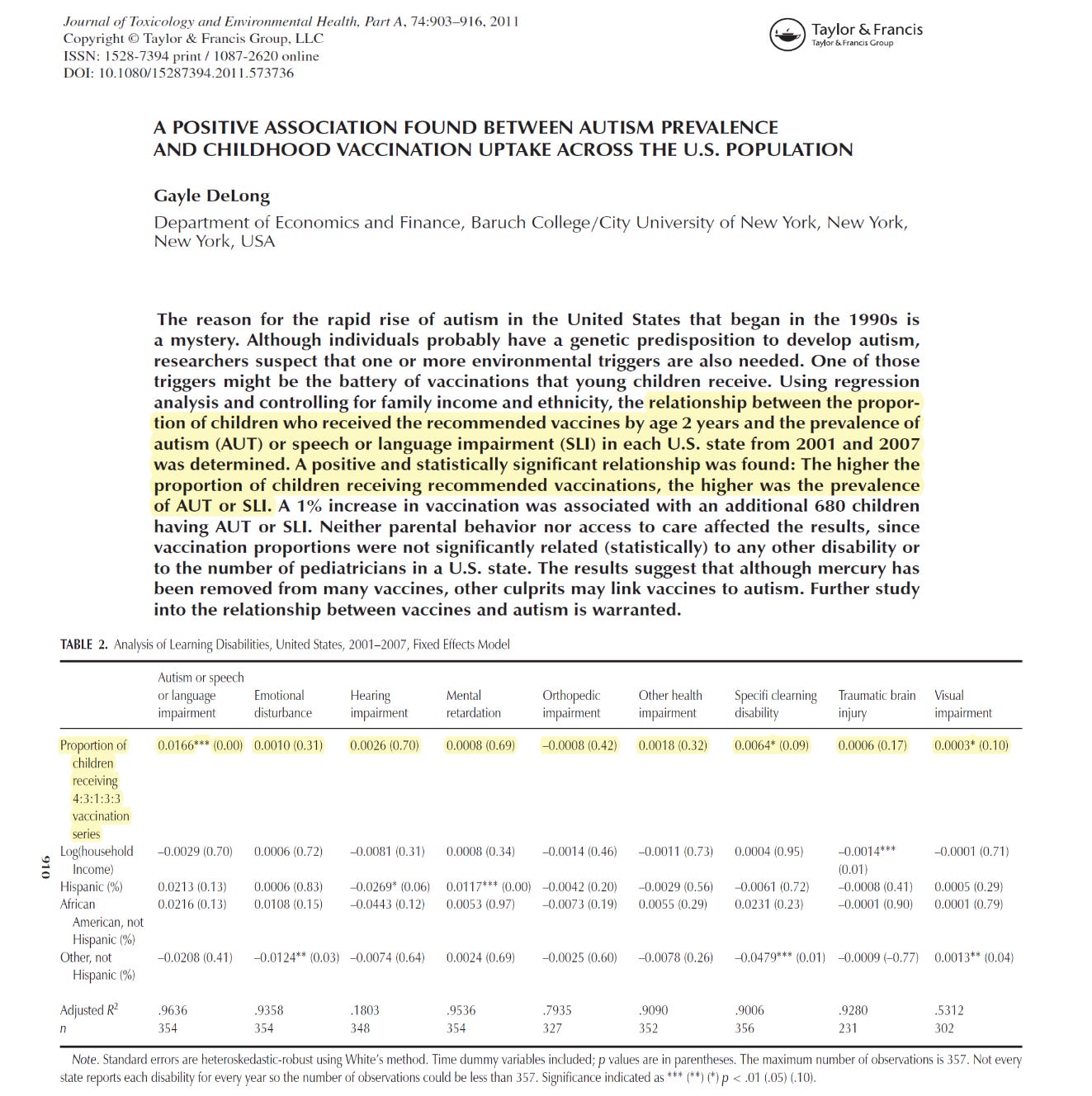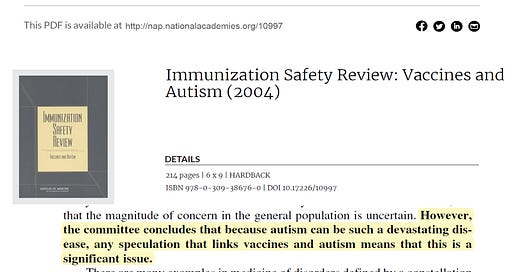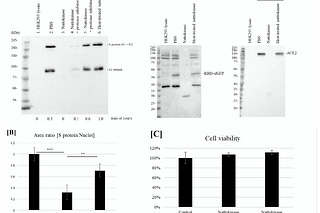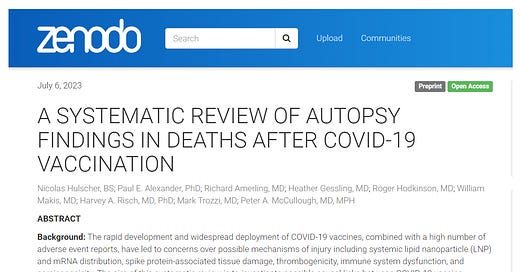
Association between Childhood Hyper-vaccination and Autism
Intensity and Multiplicity of Routine Vaccine Schedule May Explain Autism Epidemic
By Peter A. McCullough, MD, MPH
Throughout the pandemic we have heard the tenuous phrase “correlation is not causation.” I can tell you as an epidemiologist, we always look at the strength and consistency of associations in addition to many other factors in the evaluation of determinants of disease. In the 1970s, the rate of autism was 1 in 10,000 and the rate today has exploded to 1 in 36. Most cases develop early in the childhood years where there has been a massive expansion of the CDC ACIP routine vaccine schedule. In 2004, the National Academies of Science, Engineering, and Medicine, issued this statement on the vaccine-autism issue.
DeLong in 2010 outlined the rationale why childhood vaccination may be a determinant for autism in this well cited review:
“There are several reasons why vaccines may trigger autism. Certain vaccines contain thimerosal, a preservative that is almost half mercury (Hg) by weight, which was shown to be associated with adverse effects including autism. Nataf et al. (2006) found that children with autism have higher levels of precoproporphyrin, a biomarker for Hg toxicity, than neurotypical children. This finding was confirmed by Geier and Geier (2007) and Geier et al. (2009) in the United States, Austin and Shandley (2008) in Australia, and Youn et al. (2010) in Korea. Thimerosal-containing hepatitis B shots were associated with delayed acquisitions of vital reflexes in baby macaques (Hewitson et al. 2010). Although thimerosal was removed from many vaccines from 2000, it is still present in almost all influenza shots as well as eight other U.S. vaccines given to children (Centers for Disease Control and Prevention 2010). In addition, the CDC began in the early 2000s to encourage the inoculation of pregnant women and children aged 6 to 23 months against influenza (Centers for Disease Control and Prevention 2001; 2002). Given the increased use of influenza shots containing thimerosal, children’s exposure to Hg via vaccines was likely increased in utero but not decreased after fetuses were born, even though thimerosal was removed from other vaccines.
There are other possible links between vaccines and autism besides Hg. Vaccines also contain the neurotoxin aluminum (Al) as well as live viruses. The Al in vaccines has been associated with disorders in the central nervous system (Authier et al. 2001) as well as with autism (Blaylock 2008). Combining Hg and Al magnifies the toxicity of each (Haley 2005). Both metals also are known to suppress the immune system (Havarinasab et al. 2005); thus, a susceptible person may not be able to mount an effective immunological response to the live viruses found in certain vaccines such as the measles–mumps–rubella shot. Measles containing vaccines stimulate the production of cytokines that inflame and damage the brain, possibly contributing to autism (Ashwood et al. 2004; Vargas et al. 2005; Singh 2009).”
With that backdrop, autism prevalence by U.S. state, the number of 8-year old students classified with either (1) autism or (2) speech or language impairments (speech disorders) was divided by the total number of 8-year-olds in the state. The number of children with disabilities came from the U.S. Department of Education, Office of Special Education Programs (2007) and the total number of students came from the U.S. Department of Education, National Center for Education Statistics. Vaccination status was obtained from the National Opinion Research Center (NORC) at the University of Chicago who conducted random surveys of parents with children aged 19 to 35 months. NORC follows up the telephone interview with a written survey to the vaccination provider. The survey reaches approximately 30,000 households with children of the appropriate age. Starting in 1995, the CDC reports the percentage of young children who have received the 4:3:1:3:3 series of shots, which consists of at least four doses of the diphtheria, tetanus, and pertussis (or diphtheria, tetanus, and acellular pertussis) vaccine, three doses of poliovirus vaccine, one dose of any measles-containing vaccine, three doses of the Haemophilus influenzae type b (Hib) vaccine, and three doses of hepatitis B vaccine. These data were publicly available from Centers for Disease Control and Prevention, National Center for Health Statistics 2007). The results were striking.

In this ecological analysis, by state, the intensity of vaccination with 4:3:1:3:3 series of shots was strongly associated with the prevalence of autism, p<0.01. As a check, other implausible conditions as shown in the table were not associated with vaccination.
In summary, when a strong ecological, nationwide association between hyper-vaccination and autism is found with publicly available data, the medical investigative community must pursue this relationship with pathophysiological, epidemiological, and practical observational studies. Finally, prospective randomized double blind randomized trials of hyper-vaccination versus placebo or reduced intensity vaccine schedules are warranted. Until such studies are done, parents and physicians should be cautious and consider the possibility that escalation of mass vaccination is a determinant of the explosive epidemic of autism spectrum disorder.
If you find “Courageous Discourse” enjoyable and useful to your endeavors, please subscribe as a paying or founder member to support our efforts in helping you engage in these discussions with family, friends, and your extended circles.

















Perhaps this kind of critical review of vaccinations is the silver lining of the catastrophic Covid vax campaign.
Bravo for saying this boldly Peter, it must now come out. They overplayed their hand and went too far with the latest batch of vexines and we can now say STOP all vexines !!